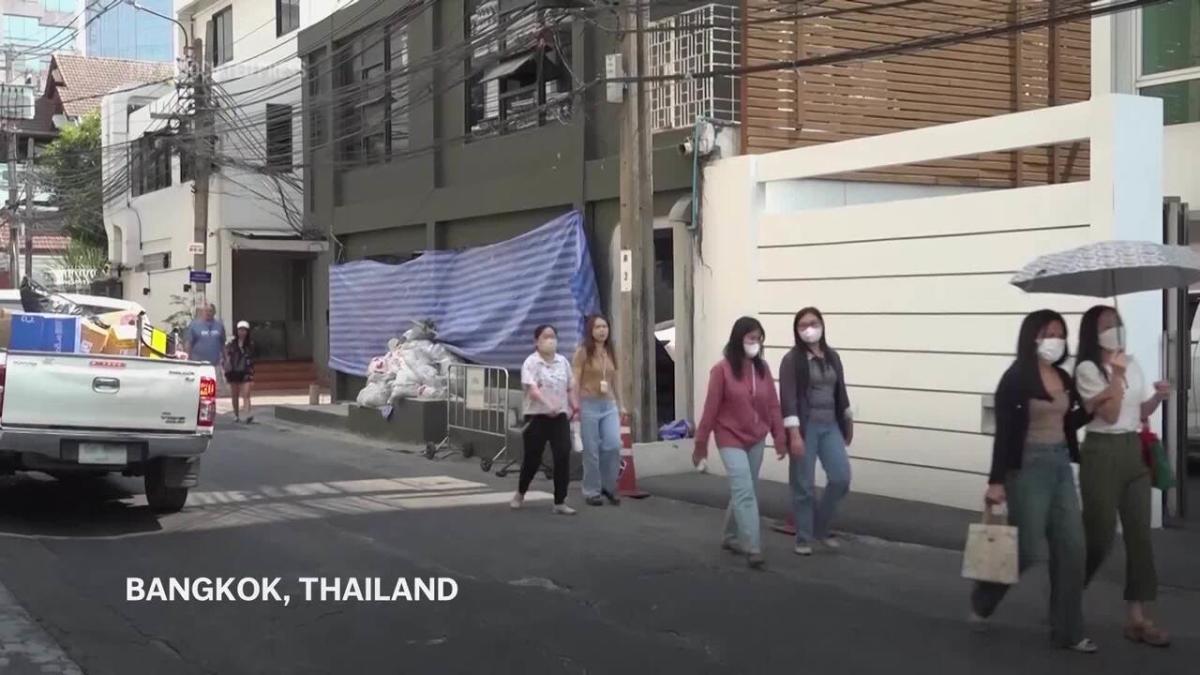Unmasking the Hidden Crisis: How Air Pollution Deepens Poverty for Asia’s Children
In recent years, a troubling trend has emerged across Asia: the alarming intersection of air pollution and poverty. A recent UNICEF report has thrown light on this hidden crisis, revealing how air pollution exacerbates the already precarious situation of impoverished children in the region. As environmental challenges intensify, understanding their impact on vulnerable communities becomes crucial for fostering meaningful change.
The Stark Reality of Air Pollution in Asia
Asia is home to some of the world’s most polluted cities, with air quality indices often exceeding safe limits. In countries like India, China, and Pakistan, the air is thick with particulate matter, nitrogen oxides, and sulfur dioxide. These pollutants are not merely statistics; they translate into severe health consequences, particularly for children. According to the World Health Organization (WHO), around 1.8 million children under five die each year due to respiratory infections linked to air pollution.
For children living in poverty, the effects of this environmental crisis are magnified. They are often forced to reside in areas with the highest pollution levels, typically near industrial zones or congested urban centers. These children face not only immediate health risks but also long-term developmental challenges that can trap them in a cycle of poverty.
How Air Pollution Deepens Poverty
The relationship between air pollution and poverty is complex and multifaceted. Here are some key ways in which air pollution exacerbates economic hardships for Asia’s children:
- Health Impacts: Poor air quality leads to chronic respiratory diseases, cognitive impairments, and other health issues that can hinder a child’s ability to learn and grow. When children are sick, they miss school, which diminishes their opportunities for future employment.
- Economic Burden: Families dealing with health issues often face significant medical expenses. In many cases, these costs can lead to financial strain or even bankruptcy, further entrenching them in poverty.
- Educational Barriers: Schools in polluted areas often lack adequate facilities to protect children from environmental hazards. Poor air quality can lead to increased absenteeism and lower academic performance.
- Emotional and Psychological Effects: The stress of living in polluted environments can lead to mental health issues, which can have a cascading effect on children’s overall well-being and their ability to succeed academically and socially.
The UNICEF Report: A Call to Action
The UNICEF report highlights the urgent need for action. It emphasizes that air pollution is not just an environmental issue but a profound social justice challenge. The organization’s findings suggest that addressing air pollution can significantly impact poverty alleviation efforts. By improving air quality, we can enhance children’s health outcomes, boost educational attainment, and ultimately break the cycle of poverty.
Some of the notable recommendations from the report include:
- Policy Interventions: Governments must implement stricter air quality regulations and promote sustainable urban planning.
- Investment in Clean Energy: Transitioning to renewable energy sources can reduce reliance on fossil fuels, thereby improving air quality.
- Community Awareness Programs: Raising awareness about the effects of air pollution can empower communities to advocate for cleaner environments.
- Healthcare Accessibility: Ensuring that families have access to healthcare services can mitigate the health impacts of air pollution.
The Role of Parents and Communities
While government action is crucial, parents and communities also play a pivotal role in combating air pollution. Community-led initiatives can create awareness and drive local solutions. For instance, grassroots organizations can mobilize efforts to reduce emissions from vehicles and industries or advocate for greener public transport options.
Parents can take proactive steps to protect their children from air pollution, such as:
- Monitoring Air Quality: Parents can utilize smartphone apps and websites to check local air quality indices and reduce outdoor activities on high-pollution days.
- Creating Safe Spaces: Wherever possible, parents can create clean indoor environments by using air purifiers and ensuring proper ventilation.
- Advocating for Change: Engaging with local leaders and participating in community discussions can amplify the call for cleaner air.
International Collaboration for a Cleaner Future
Addressing air pollution is not solely a national issue; it requires international collaboration. Countries in Asia must work together to share best practices, technologies, and resources to combat air pollution effectively. Initiatives like the Asia-Pacific Clean Air Partnership aim to foster regional cooperation and promote sustainable practices.
Moreover, international funding and support can help developing countries invest in cleaner technologies and infrastructure. Organizations such as the World Bank and the Asian Development Bank have crucial roles to play in facilitating these investments.
Hope on the Horizon: Clean Air Initiatives
Despite the grim statistics, there are reasons to be optimistic. Many cities across Asia are beginning to take action against pollution. Initiatives such as the introduction of electric buses, urban green spaces, and stricter industrial regulations are paving the way for cleaner air. For example, cities like Beijing and Delhi are investing heavily in public transportation and renewable energy sources, demonstrating that progress is possible.
Moreover, as global awareness of climate change and environmental health increases, more individuals and organizations are advocating for cleaner air. This growing movement offers hope for future generations of children who deserve to grow up in healthier environments.
Conclusion: A Collective Responsibility
Unmasking the hidden crisis of air pollution reveals how deeply intertwined it is with poverty, especially for Asia’s children. This complex relationship calls for a multi-faceted approach that includes government action, community involvement, and international collaboration. By prioritizing clean air initiatives, we can protect the most vulnerable among us and pave the way for a healthier, more equitable future.
In this collective endeavor, every action counts. Whether through policy changes, community engagement, or personal choices, we all have a role to play in ensuring that every child has the right to breathe clean air and thrive.
See more WebMD Network



